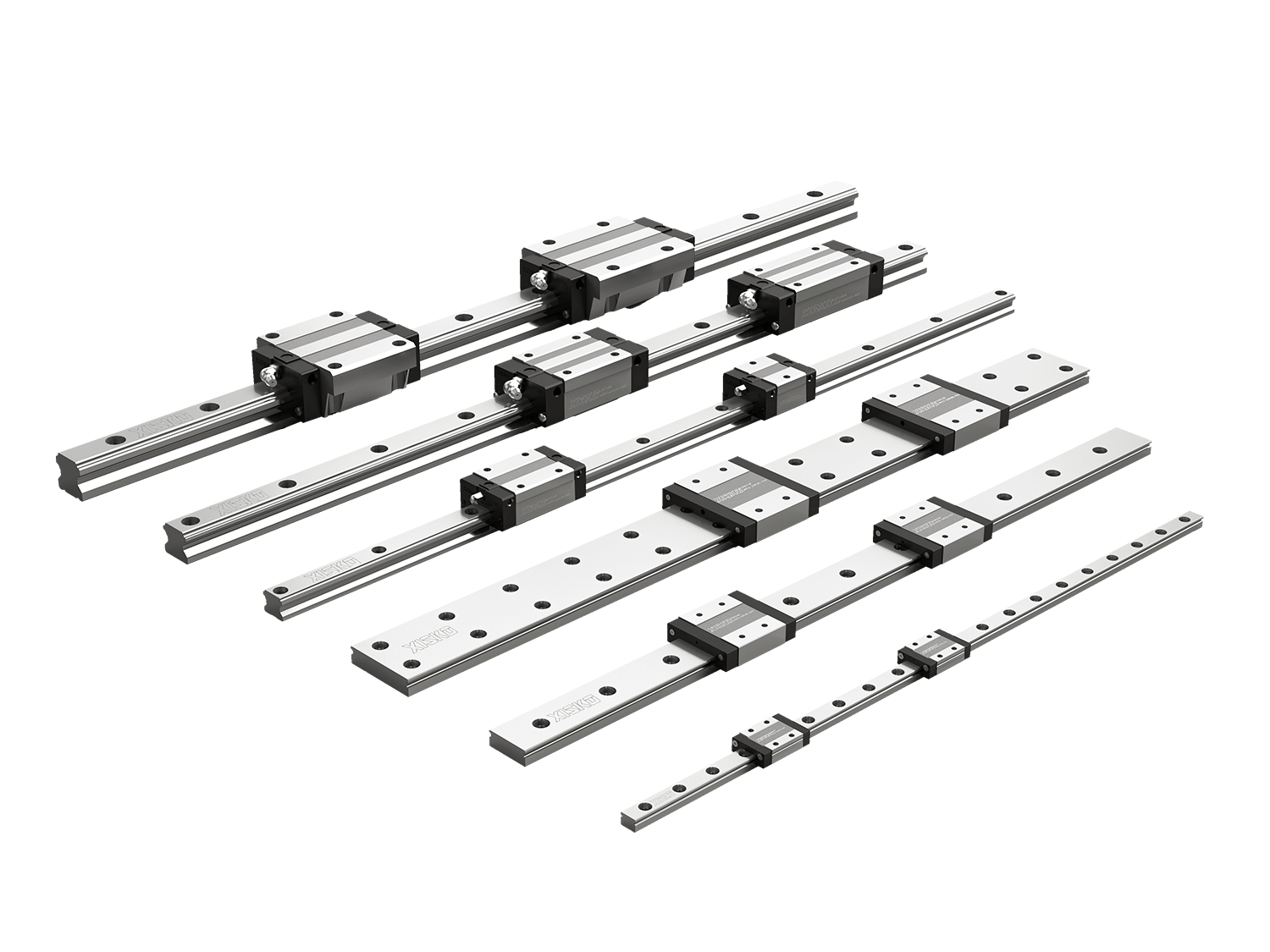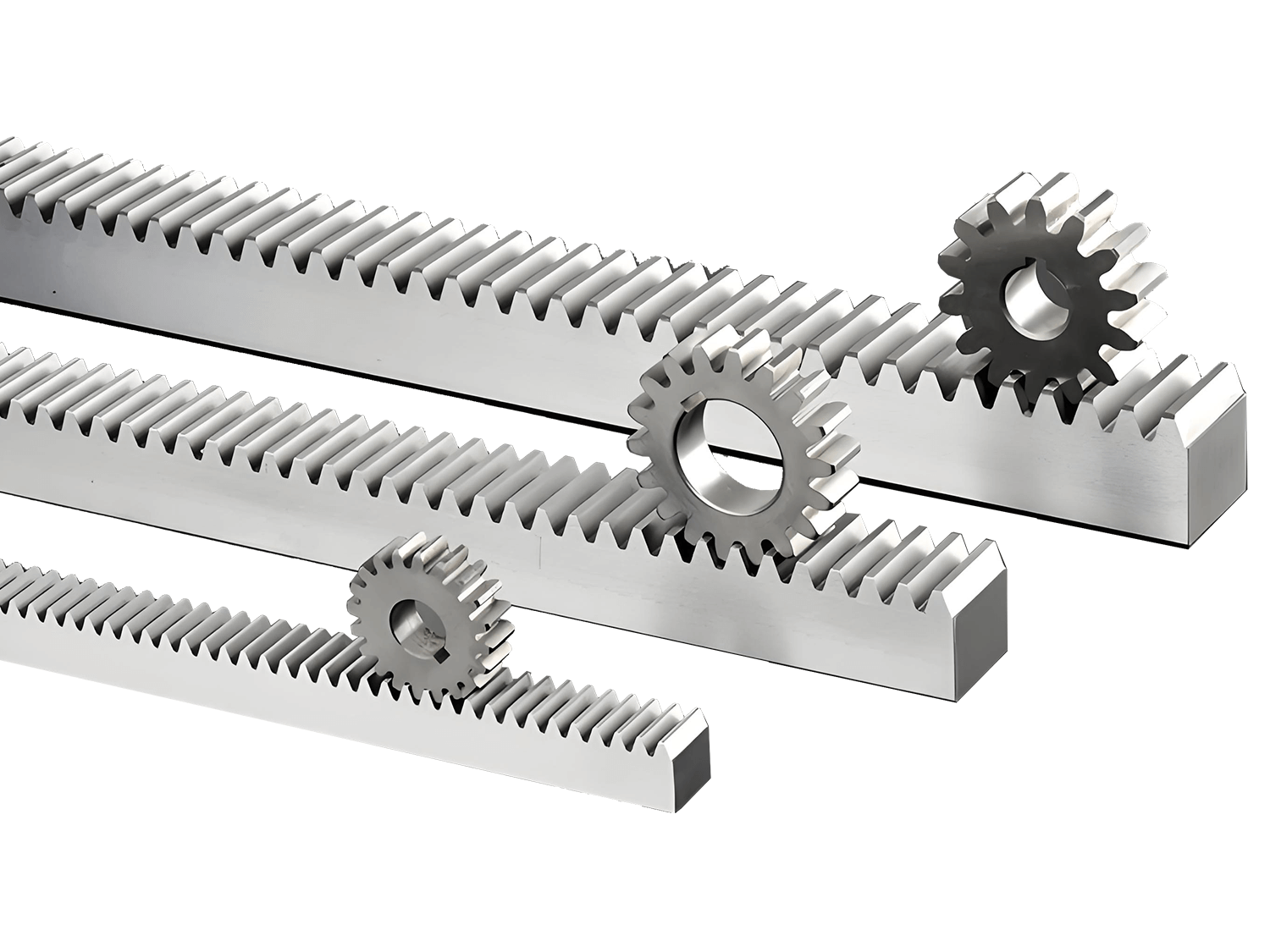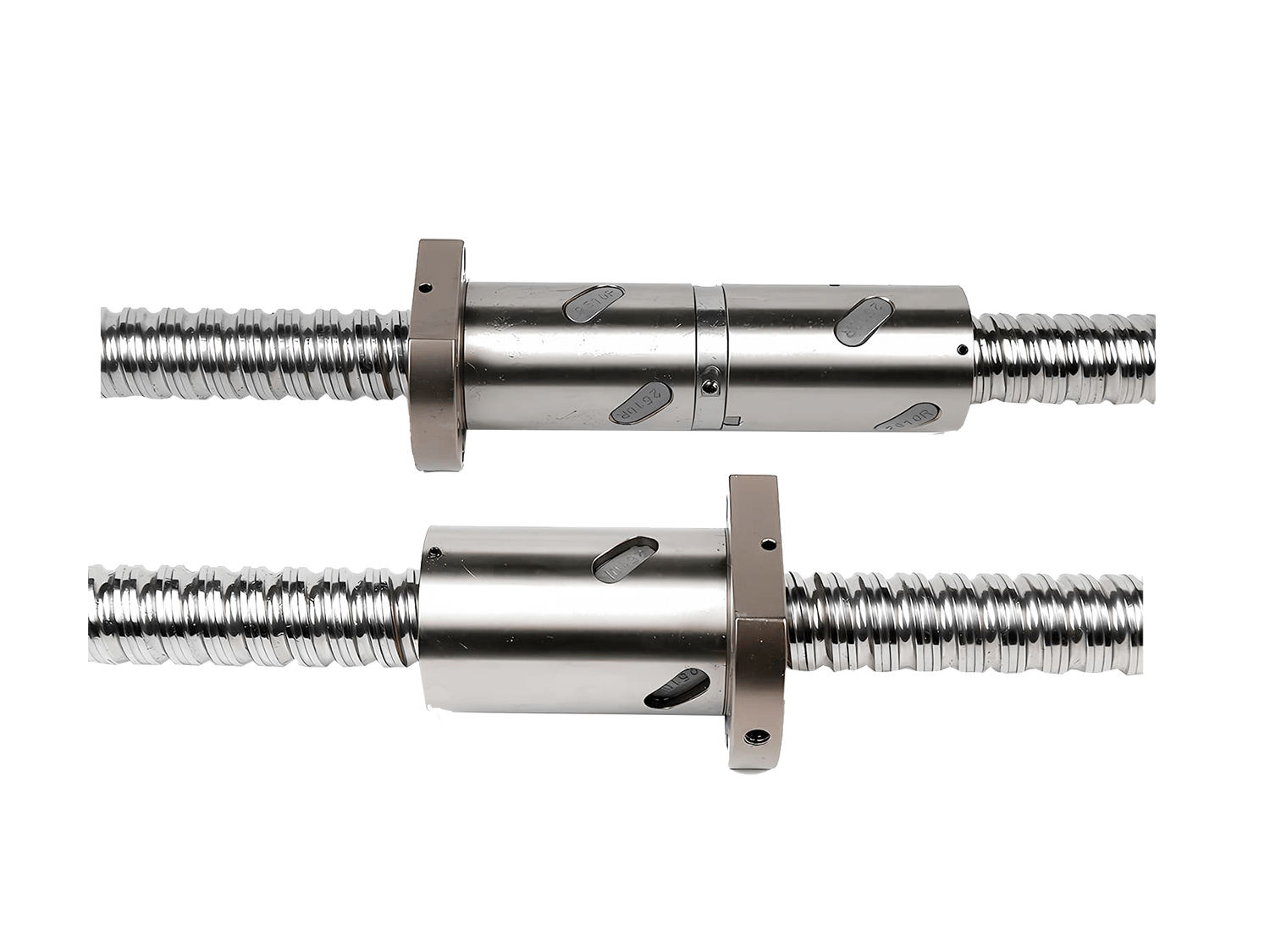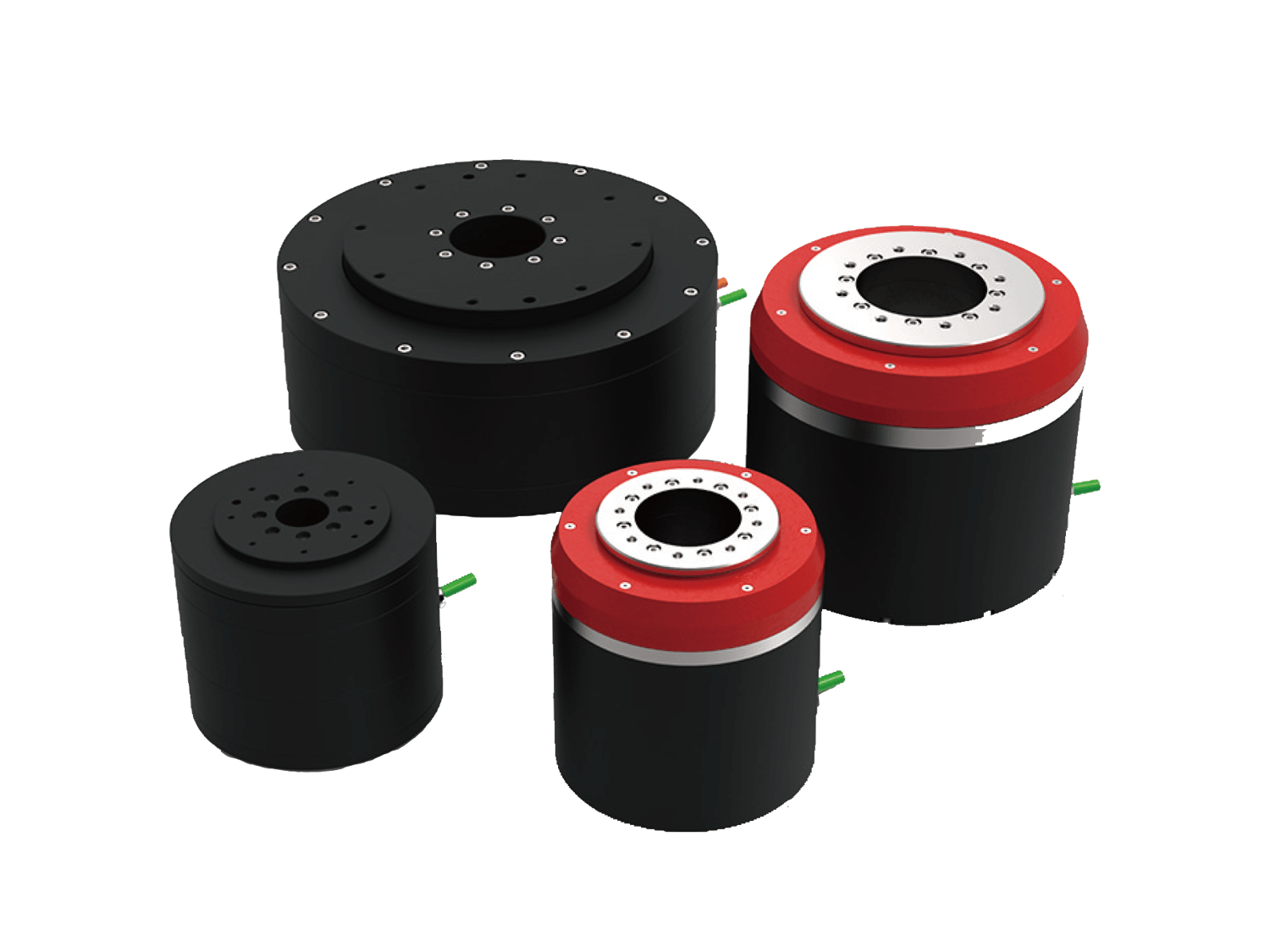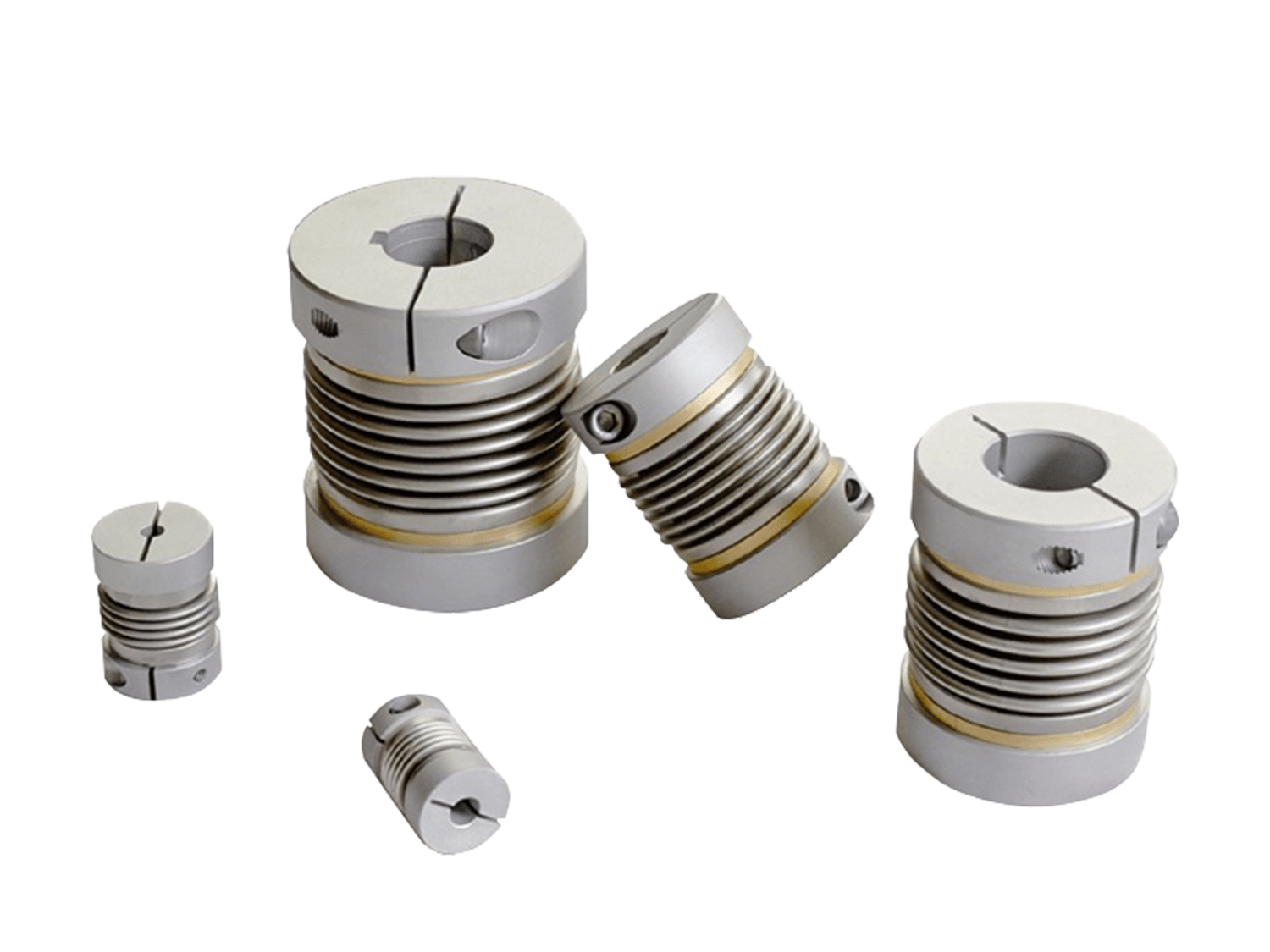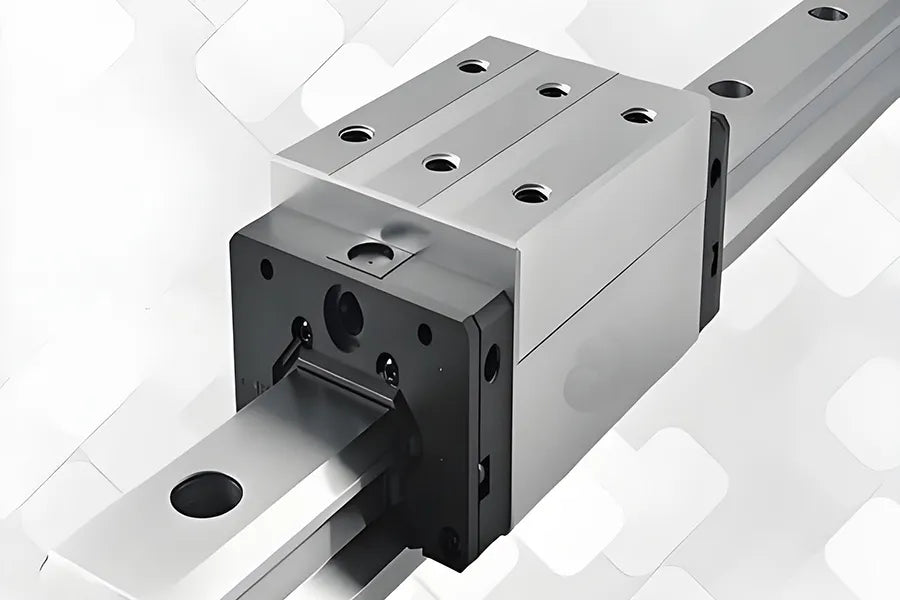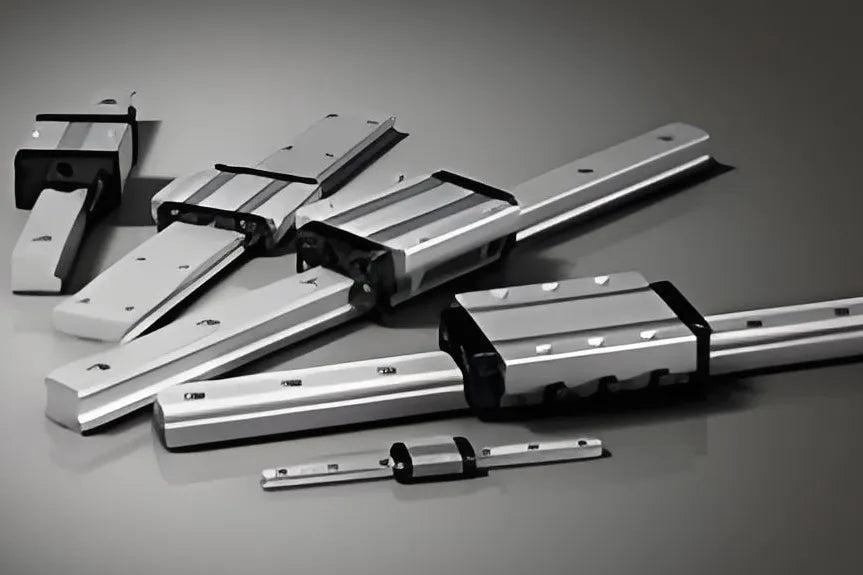As core components for precision transmission and positioning, linear guides are widely used in high-precision applications such as CNC machine tools, robotics, and 3D printing equipment. However, during use, they are often exposed to various dust, fumes, and even corrosive substances, which puts them at risk of corrosion, directly impacting the accuracy and service life of the equipment. Therefore, effective maintenance of linear slide rail guides is crucial.
1. Common Causes of Rust
- The Dual Challenges of Environment and Contact;
- Direct Exposure of the Metal Surface to Air;
- Conditions with Corrosive Liquids or Gases;
- Insufficient Lubrication or Lubricant Inefficiency;
- Contact with Human Secretions, Such as Hand Sweat.
Linear slide rail guide corrosion primarily stems from two factors: chemical corrosion of the metal itself and environmental erosion. Human contact during operation is particularly critical. Human sweat is weakly acidic and contains various salts and organic acids. When sweat comes into contact with the metal surface of the guide rail, an electrolyte film forms, inducing electrochemical reactions and leading to metal corrosion. Even if anti-rust oil is applied at the factory, improper operation and storage can still expose guide rails to the risk of corrosion.
2. Rust Prevention Guidelines
2.1 Operation and Maintenance
- Internal Guide Rail Protection
For linear slide rail guides covered within the equipment, the surface lubrication status must be regularly checked. Lubricant or grease should be added as needed to maintain an effective oil film, reduce friction and wear, and extend the life of the slide.
- Exposed Guide Rail Maintenance
Guide rails exposed to dust and moisture require more frequent maintenance. We recommend weekly cleaning of accumulated oil and impurities from the guide rail surface, followed by a reapply of an appropriate amount of lubricant (grease). Regular maintenance is essential for long-term, smooth operation.
2.2 Regular Cleaning
To prevent rust, linear slide rail guide surfaces must be kept clean. The cleaning method should be tailored to the surface properties and operating conditions. After cleaning, the surfaces must be thoroughly dried using filtered compressed air, drying in a dedicated drying machine (at a moderate temperature), or wiping with a clean, lint-free cloth. Immediately after drying, apply rust-inhibiting oil. You can choose to dip, brush, or spray to ensure even coverage.
2.3 Lubrication and Maintenance
Generally, manufacturers apply a layer of anti-rust oil to linear slide rail guides before shipment to protect them from rust. Many users neglect to regularly reapply anti-rust oil when storing linear guides in storage. Once the factory-installed anti-rust oil evaporates, its protective properties are lost. Therefore, regular lubrication and maintenance of linear guides are essential.
3. Practical Tips for Extending the Life of Linear Slide Rail Guides
- Rational Selection: Choose the appropriate material and structure based on the load, speed, and operating environment.
- Avoid Shock Loads: Ensure smooth movement during starting and stopping to prevent impact damage to the ball bearings.
- Continuous Protection: Maintain a film of anti-rust oil even during short downtimes to prevent oxidation of exposed metal.
- Train Operators: Ensure operators understand the importance of guide rail protection and lubrication to avoid misuse of cleaning agents or improper operation.
- Integrate Intelligent Monitoring: Use a guide system with sensors to monitor lubrication status and operating accuracy in real time, providing early warning of problems.
Summary
Linear slide rail guides are critical components of high-precision equipment. Rust and improper maintenance can directly impact the equipment's machining accuracy and lifespan. Scientific rust prevention measures, standardized routine maintenance, and regular condition monitoring can not only extend the lifespan of guides but also reduce equipment downtime and improve production efficiency.
